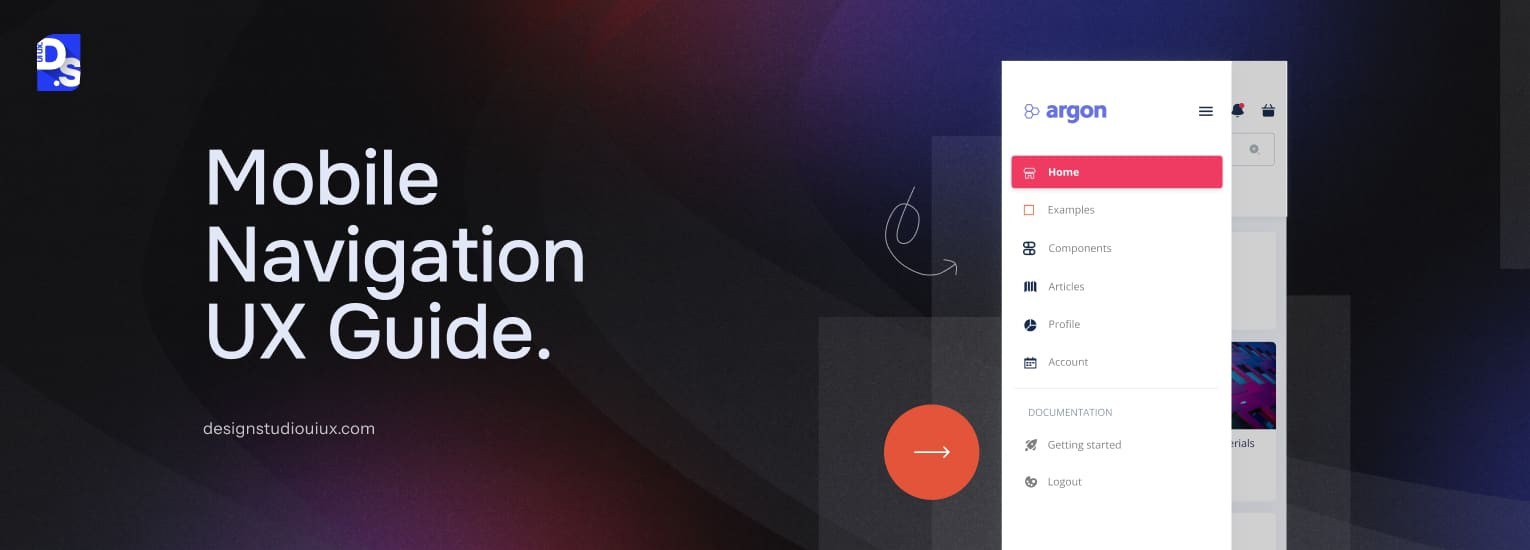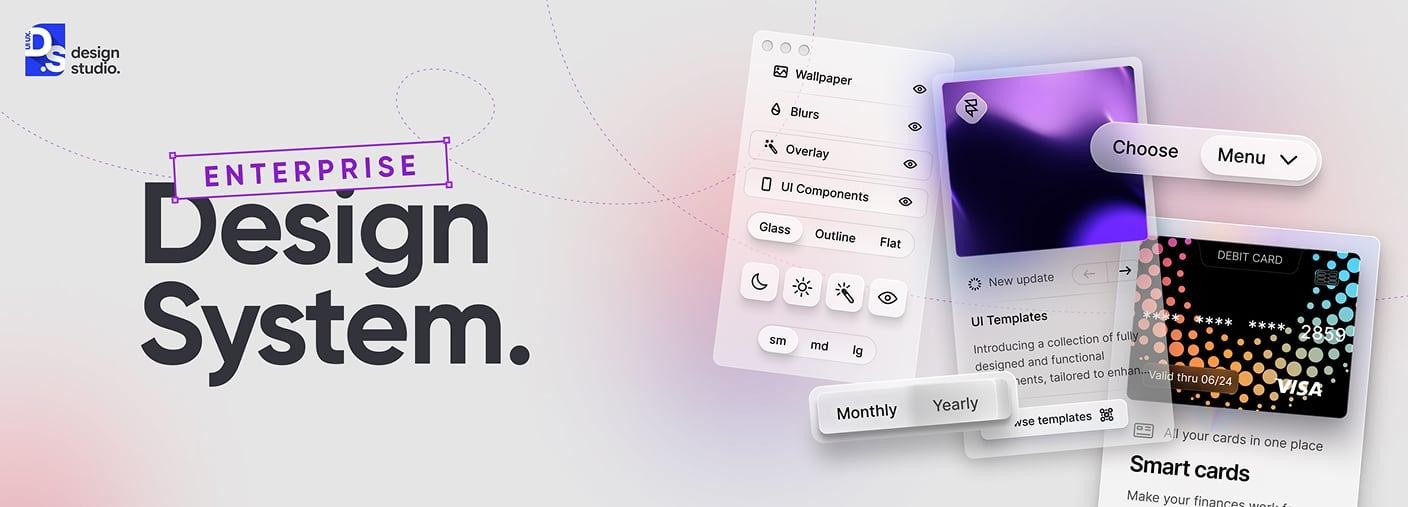Mobile Navigation Best Practices, Patterns & Examples (2026)
Summary - Mobile Navigation UX
Mobile navigation is the structure and controls that help users move through an app and reach key destinations quickly. Good mobile navigation makes choices clear, keeps actions within thumb reach, and supports consistent, predictable movement.
FAQs – Mobile Navigation UX
What is mobile navigation in an app, and why is it important?
Mobile navigation is how people move between key areas of an app. Good structure shortens paths, reduces confusion, and boosts task success, engagement, and return visits. Clear labels and predictable behavior matter.
How many navigation items should a mobile app include?
Aim for three to five primary destinations. This keeps choices scannable, lowers cognitive load, and preserves space for readable labels without truncation or ambiguity.
What are the best mobile navigation patterns for one-handed use?
Bottom tab bars and bottom sheets work well because they sit in the thumb-friendly zone. Keep tap targets generous and place the most frequent actions near the lower half.
Should I use a hamburger menu or a bottom tab bar in my mobile app?
Use a tab bar when a few tasks dominate daily use. Use a drawer for secondary or infrequent items. Do not bury high-frequency actions in hidden menus.
How does gesture-based navigation compare with icon-based navigation on mobile?
Gestures feel fast for experienced users but are hard to discover. Keep visible controls for core actions and treat gestures as optional accelerators rather than the only path.
What are the accessibility best practices for mobile app navigation?
Provide clear text labels, large tap targets, visible focus states, and strong color contrast. Ensure logical focus order, meaningful names, and consistent announcements for the current location.
How does mobile navigation affect user engagement and retention?
Shorter paths and clearer labels reduce errors and exit rates. When people find features quickly, they explore more, complete tasks, and are more likely to return and convert.
What platform differences (iOS vs Android) should I consider when designing mobile navigation?
Respect native conventions. iOS commonly uses tab bars and safe area insets; Android leans on the bottom navigation bar and system back. Align placement, wording, and states with guidelines.
How do I test mobile navigation usability, and what metrics should I track?
Run quick task-based tests. Track task success, time to first tap, taps to destination, mis-taps, and drop-offs between screens. Combine qualitative notes with these simple metrics.
When should a mobile app navigation be redesigned, and what are the red flags?
Redesign when users frequently get lost, rely on search for basics, or ignore key features. Other signals include long paths, inconsistent labels, and rising support questions.





